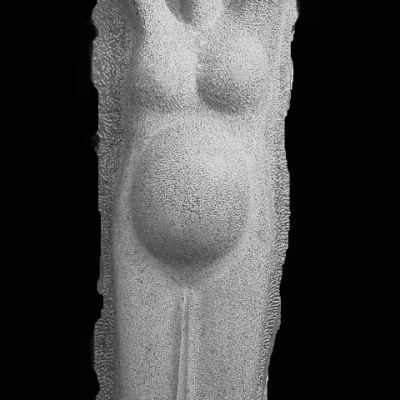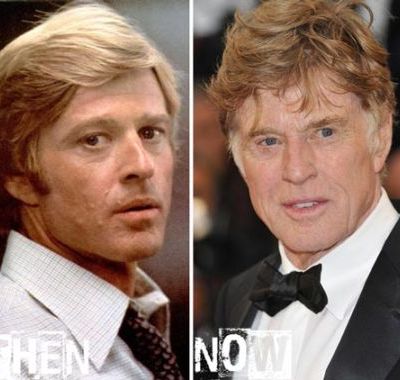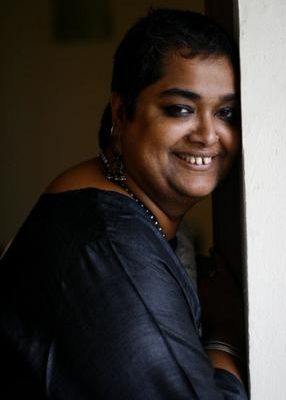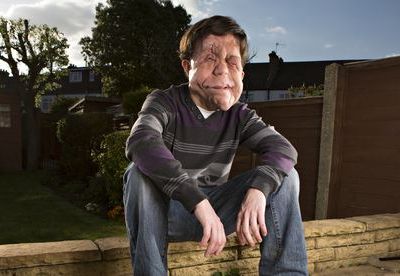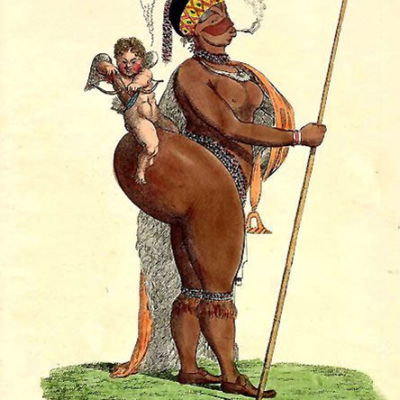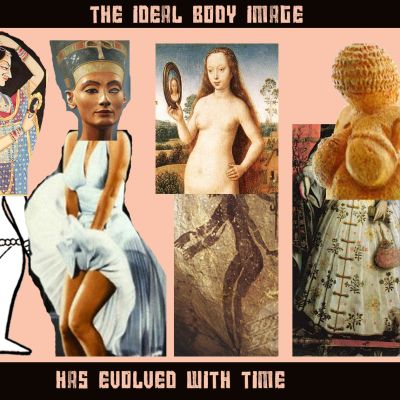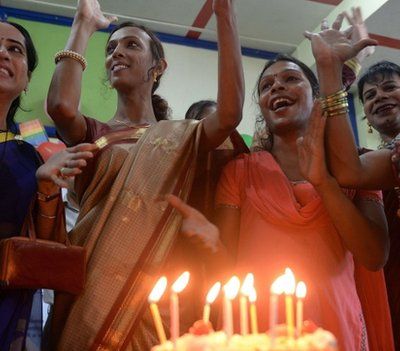Body Image
पंजाब में रहने वाला गुनराज बचपन से ही प्यारा सा शर्मीला बच्चा था। अक्सर उसे लगता था कि इस दुनिया में वह ही एक मात्र ऐसा लड़का होगा जिसे लगता है कि वह एक लड़की है। जितना भी उसे उसके परिवार वाले या उसके दोस्त लड़के के रूप में देखते थे, उतना ही उसे लगता था कि वह लोग गलत हैं, क्योंकि वह तो एक लड़की है।
Why do we always assume that violence is done to us by someone else and not that we do it to ourselves quite easily and then have a million explanations to justify why we do not eat, why we use Fair and Lovely face cream, why we spend hours in the gym under duress, and why we focus incessantly on how much one has gained or lost in kilos and not in a metaphysical sense?
Do you love your eyes and hate your knees? Or do you sometimes wish your XXX were different? Replace XXX with any body part of your choice. We have all been there – griping, never satisfied, and never owning our own beauty. How do we perceive and evaluate our own bodies? What do we love? What do we loathe? And why?
But a few days before her historic Oscar win (for the first movie she’s ever been in!) Lupita accepted an award for Best Breakthrough Performance at the seventh annual Black Women in Hollywood Luncheon hosted by Essence magazine. It was there she delivered a speech on beauty that every little girl should hear.
TO MY BODY: I would have addressed you as ‘Dear’ but perhaps we both know how complicated that would be.
This is not a cautionary fable about censorship and its excesses, but an exploratory essay on body image, using breasts as a starting point.
Adam Pearson was born with a condition that causes tumours to grow on his face. But acting with Scarlett Johansson in ‘Under the Skin’ is changing the way people look at him.
No two human bodies are alike, and our different bodies arouse curiosity. But our fascination for the aesthetics of the perfect human body has historically created a space within art, science and religion for the examination of the ‘abnormal’ and the ‘imperfect’. As a result, some bodies are normalised while others become oddities.
[slideshow_deploy id=’2632′] We want what we see, And imitate the girls on TV, and we get over-awed, by an IMAGE,…
This piece attempts to think about how bodies are produced and circulate in moving registers and discourses, chiefly around the question of representation.
Which one of these is the right question to ask myself: When was the first time I realised I was thin? Or, when was the first time I was made to realise I was ‘different’ and there was something wrong with me that needed to be fixed? Or, when was the first time I defined myself as a thin person and was comfortable being so?
The young Suchitra Sen – then plain Krishna Dasgupta – apparently once sat on a school bench and announced that she would be remembered long after her death. An ordinary middle class girl who was one of nine siblings, and an average student bereft of any artistic talent, all Sen had was her looks. But apparently, that was enough. “She was conscious of her great beauty… and behaved as if she… deserved every bit of the natural selection,” wrote Susmita Dasgupta in a thoughtful Facebook note.




